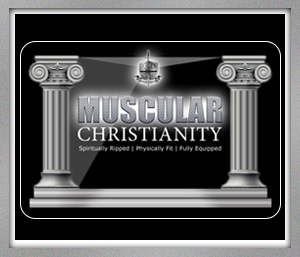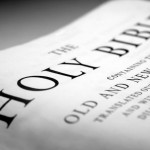Ankle Deep – Part One
Welcome to a two part series called “Ankle Deep!” We’re looking at a particular passage in Ezekiel – popping the hood to first get an idea of what’s being said and then bring it back around in order to glean from it a call to action for the “here and now” as opposed to the “there and later.” In short, I want to be moving forward and in over my head in order to ensure that it’s a God sized task being done and a God sized life being lived! No room and no time for staying “ankle deep!”
The World of Ezekiel
The Northern Kingdom of Israel was conquered by the Assyrians between 722 and 721 BC. In 612, the Babylonians overwhelmed Assyria and a new power dominated the civilized world. Initially, the Southern Kingdom of Israel continued to exist, but the appetite of the Babylonians would not lie dormant for too long and, sure enough, after a series of diplomatic platitudes and allegiances, the City of David along with the wall and the Temple, were burned to the ground and the Israelites were exiled – transplanted into various locations throughout the Babylonian empire.
Among the Babylonian exiles was a man named Ezekiel. Very intelligent, very articulate and very detailed in the way he documented those things the Lord informed him of.
The book of Ezekiel contains more dates than any other Old Testament book and can subsequently be verified with considerable precision using modern scholarship including archeology and Babylonian records of eclipses and such. Ezekiel’s prophecies pertaining to Tyre and Sidon are especially fascinating given their detail and the way in which they were fulfilled to the letter (see Ez 26:3-21).
Ezekiel’s format is very similar to other Old Testament prophets. In the first section you have God’s wrathful disposition towards a rebellious people, a series of prophecies pertaining to neighboring nations and finally a section that deals with Israel’s restoration. It is in chapter 47 where you see that restorative theme in a big way in the context of a river that flows from the new Temple.
Water in the Bible
Water is used throughout Scripture to symbolize new life. Not just a patched up version of a damaged entity, but something that has been made completely new and infinitely superior to its original state.
Consider John 4:14:
but whoever drinks of the water that I shall give him will never thirst; the water that I shall give him will become in him a spring of water welling up to eternal life. (John 4:14)
“Living water” is a term used frequently in the Old Testament. It refers to water that is moving as opposed to stagnant. The result being oxygenated water that is clean, good tasting and even medicinal in the way it could be used to facilitate healing. Given the available sources of water in the ancient world (a well, a cistern or a lake / pond), God’s use of “living water” is strategic because of the way it immediately conjured up images of something fresh and inviting. And there’s nothing as inviting or as substantial as the gospel, which is what is being referenced here.
In his vision, Ezekiel is being led from a particular point within the Temple where a fountainhead is located. The angel, leading him on this tour of the symbolic fountain that’s coming from the new Temple that begins in chapter 40, continues to lead him through water that gets deeper and deeper.
In chapter 47, verse 3, it’s ankle deep. In verse 4, it’s up to his knees. A thousand feet later, it’s up to his waist and a thousand feet after that, it’s no longer crossable.
In the verses that follow, the water that flows from the Temple is described as being the home and source of all kinds of life and vegetation, which is significant given the fact that the river empties into the Sea. The fact that the river is strong enough in its purity to make the salt water fresh (see 47:9) is significant in that it points yet again to the strength and the life giving nature of the river itself.
Zechariah 14:8 says:
On that day living waters shall flow out from Jerusalem, half of them to the eastern sea and half of them to the western sea; it shall continue in summer as in winter. (Zec 14:8)
Here again you see a reference to a river flowing out of Jerusalem and into the world where its potency and purity is celebrated and revered. Like Ezekiel, Zechariah was being given a glimpse into the future. This time the instruments of God’s immediate Wrath would be the Romans, but again, there would be mercy and restoration and in a way that would ultimately go beyond the Jews themselves. In verse 4 of chapter 14, you see the Mount of Olives split from east to west and the natural sentinel that stood as the gateway to Jerusalem is reconfigured into a valley that provides access rather than a hindrance to, not just a city, but a new paradigm with God Himself as King over all the earth.
…this is the end of Part One. Stay tuned for Part Two









Leave a Reply
Want to join the discussion?Feel free to contribute!